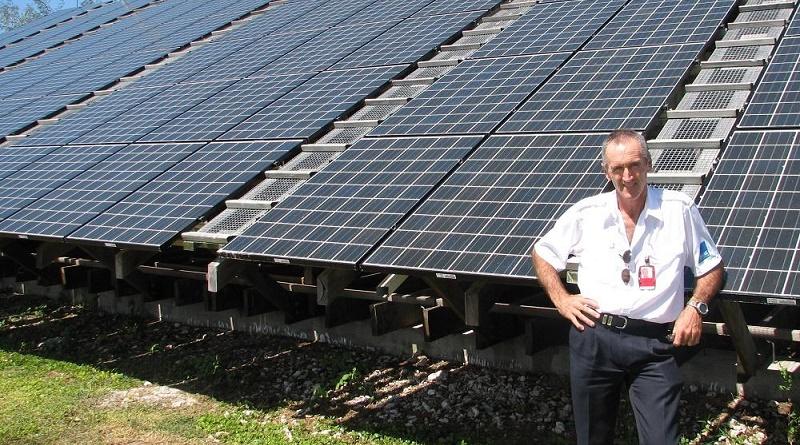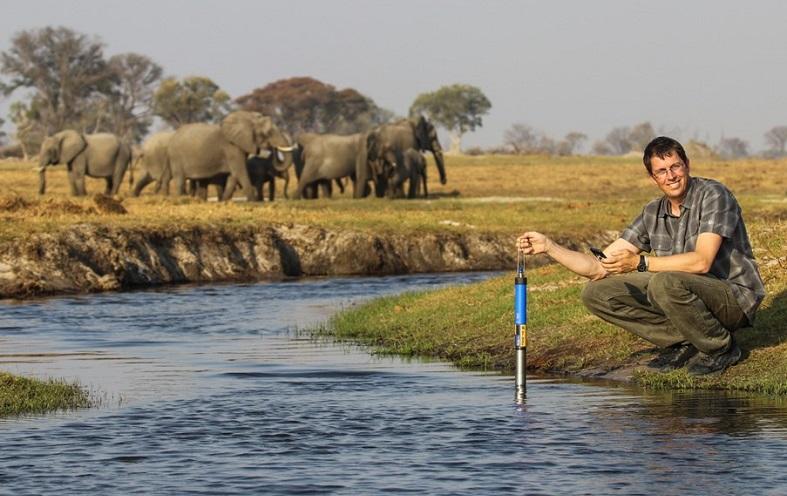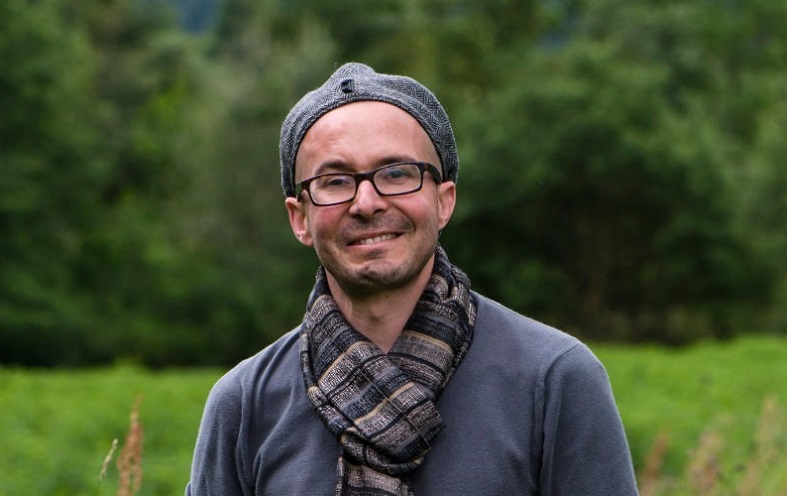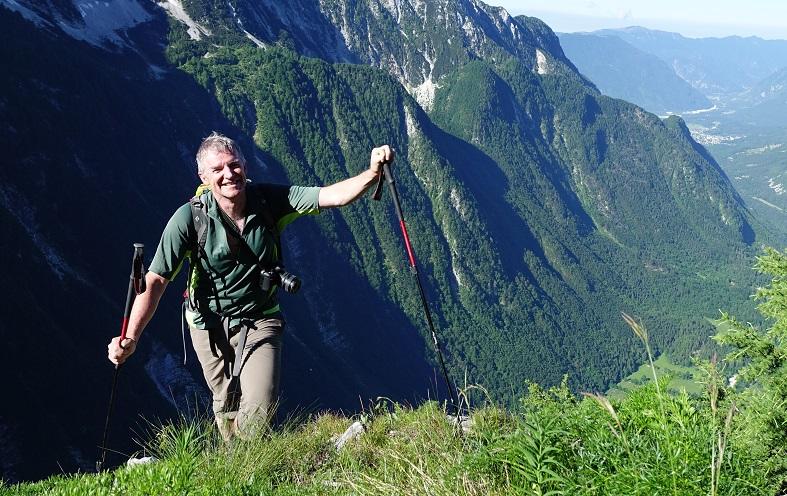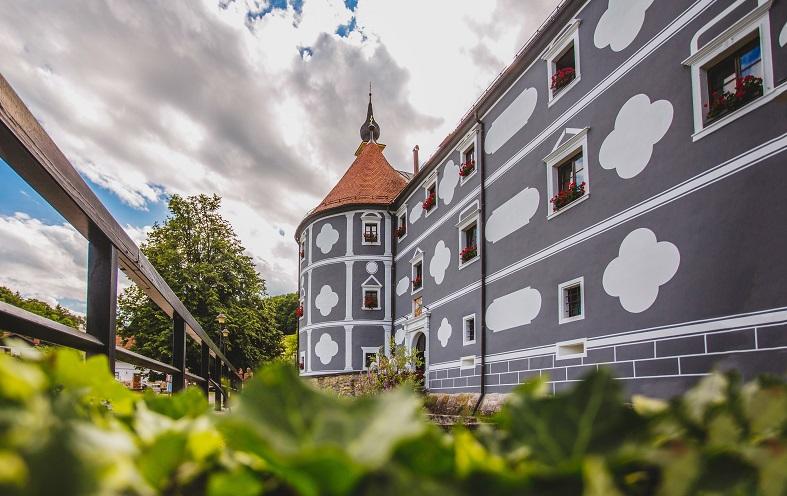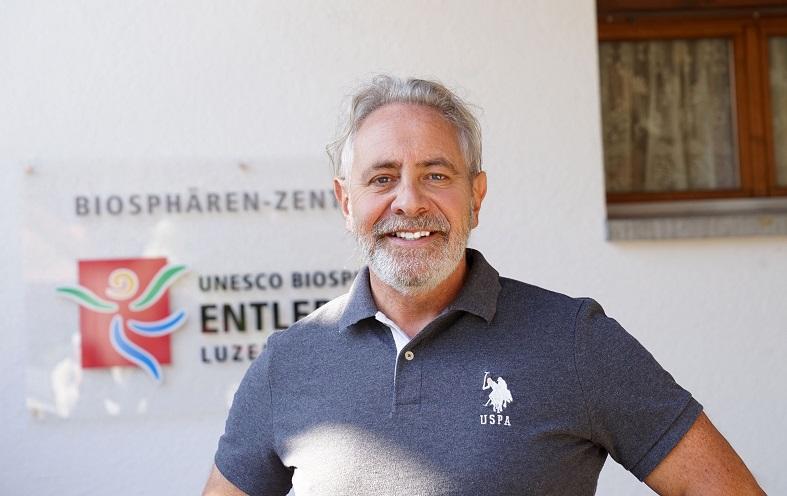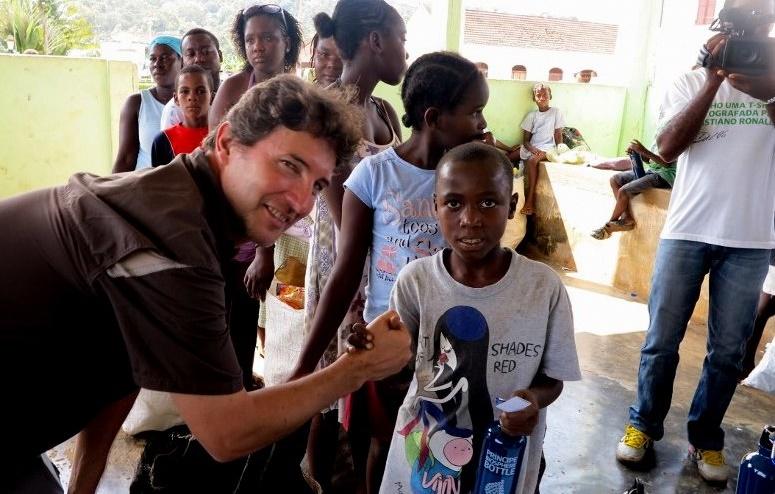
Peter Gash, managing director and lease holder of Lady Elliot Island Eco Resort in Queensland, Australia, in this interview shares the intriguing story of a man and a vision – how the tiny island located at the southernmost end of Australia’s Great Barrier Reef was turned from wasteland to ecotourism destination.
Learn about:
- Why Peter decided to develop Lady Elliot Island as an ecotourism destination;
- The most exciting sustainability features at the resort;
- Which awards Lady Elliot Island has won, and the main drawbacks of sustainability certification programs;
- Which aspects of running an eco resort on a remote island are the most difficult, in terms of operations;
- How the resort benefits from its focus on sustainability.
Peter, when did you decide to focus on sustainability at Lady Elliot Island?
It was a developing plan in my mind throughout 1995-2005, prior to having the lease on Lady Elliot Island (LEI). Once we took over the lease, we were able to go full steam ahead and implement the ideas and environmental initiatives we had been planning the previous ten years.
What does sustainability and sustainable tourism mean for you personally?
Sustainability and sustainable tourism means ensuring that whatever we do today does not have a negative impact on the Island, the reef or the greater planet for tomorrow. It means leaving the world a better place than we found it.
Which people, organizations, or businesses serve you as inspiration on the sustainability “journey”?
- Richard Branson and the Virgin Group
- The Disney Group
- All the myriad of smaller family operations that put their heart and soul as well as their financial resources into doing something special for the environment and saving the planet.
https://www.youtube.com/watch?v=WRm48fg-1so
Have you obtained any green certification and awards?
- Lady Elliot Island Eco Resort and Lady Elliot Island Day Tours were awarded Advanced Eco certification by Ecotourism Australia in 2009.
- Our resort holds the Climate Action Business certification from Ecotourism Australia.
- We are a founding member of Ecolodges of Australia, launched in 2010 by Ecotourism Australia.
- The resort won the Steve Irwin Award for Ecotourism at the Queensland Tourism Awards in 2014.
- Prestigious Marie Watson-Blake Award for Outstanding Contribution by an Individual (Peter) at the Queensland Tourism Awards in 2014.
- Lady Elliot Island Resort won the Fraser Coast Tourism Regional Awards for Excellence in Environmental Tourism three (3) years in a row and was inducted into the Hall of Fame in 2013.
What has been your experience with sustainability certifications?
To be blunt, there are a lot of certification programs, some of which are good and some aren’t. Ecotourism Australia would be one of the best ones. Ecotourism Australia’s eco certification program has recently been granted GSTC (Global Sustainable Tourism Council) approval, so it is definitely the program we would recommend in Australia.
The danger is that you can get so tied up with these things, the applications for certifications can get very labour intensive and can sometimes take up too much of your time (and money), so you can get tied up doing a lot of paperwork, but you’re not actually doing anything else.
Operators need to be a bit careful with who they partner with. Best to choose one or two certification systems to work with and stay with them. Some people collect them like trophies on the wall, we just treat it as a measure of how we’re doing and how we’re going.
In your view, which are the most exciting sustainability initiatives at Lady Elliot Island Eco Resort?
The one most people know about is our hybrid solar power system and our efforts in reducing our fuel burn and greenhouse gases. We’re now getting about 70% of our energy from the sun, which is very exciting! It’s so tangible and so easy to measure, you can manage what you can measure, you can see how many litres of fuel you are saving each day and you can measure how much power the resort is using.
Desalination
Right now I’m very excited about a new project that we’re working on with the desalination system, where it looks like we’re going to find a 50% improvement in water production, which means 50% reduction in the power usage to make the same amount of water.
That’s really substantial because the biggest user of power for us is the desalination. We’re making 20,000-25,000 litres a day and it’s taking 15 hours to do it. With the new system we’ll be able to make the same amount of water in about 8 or 9 hours. Not only is it less hours but it means we can squeeze it in to the solar window and make it in the middle of the day when the sun’s out.
If we can get the desalination done during the day and away from the busy breakfast and dinner period when there is already a big power load, then it’s a double win.
Revegetation
The other really exciting thing is the revegetation program. Lady Elliot Island is a recovering mine site, it was mined for guano in the 1860’s and stripped bare of vegetation and the layers of guano. To see the vegetation growing and the guano layer growing back and getting thicker is very exciting because it shows us that these places can recover. We hope to get it back to where it was 150 years ago and do it over the next 20-30 years.

Which areas do you find the most difficult to gear towards sustainability?
Waste management is definitely the most challenging area of sustainability and has to be done within the guidelines of conservation and our lease requirements with the Great Barrier Reef Marine Park Authority.
Our waste water/grey water is treated in our new AdvanTex Waste Water Treatment Plant, and the treated water is used for irrigation of the airstrip. All rubbish is sorted into glass, aluminium, tin cans and general refuse and returned to the mainland for recycling where possible.
Recyclable waste is removed by barge every three months – an 18 hour trip to Gladstone on mainland Australia.
Food waste/refuse is currently composted in a pit system but takes a lot of time to break down. To speed up the process, we have to use power and we are trying to conserve power. If you want to break waste down in 6-7 days you have to have heat, and to have heat you need energy, so we’re trying to find other ways.
How is sustainable tourism embraced at your destination?
Sustainable tourism is at the heart of everything we do on Lady Elliot Island and we actively recruit staff who are passionate about the environment and sustainable ecotourism.
Lady Elliot Island is located within the Great Barrier Reef Marine Park in the highest possible classification of Marine National Park Zone by GBRMPA, therefore conservation and education is our top priority.
We operate under our four E’s philosophy: “To look after our Environment we need to be Efficient, Economically Sustainable and able to Educate effectively”.
We run daily guided activities and tours where we actively educate our guests about the environment, flora, fauna and marine life, conservation, climate change and the environmental initiatives that we have introduced on the island.

Which have been the main benefits of implementing sustainability initiatives at Lady Elliot Island Eco Resort?
The obvious benefits are to the immediate environment, such as reducing fuel burn, reducing greenhouse gases, reducing the smell, reducing the noise, and reducing risk of fuel spills.
The big advantage that we didn’t expect was the positive marketing and media attention. People support us because we are protecting the environment. We didn’t expect that it would have such a positive benefit for us and the business.
People are really interested in making a difference. They realise that we need to protect the environment, that everything is interlinked. People now understand that if we don’t look after the environment, we’re not going to be here in 50-100 years.
People want to live, they want to go on holidays and go to a place where they can see a beautiful environment and be part of helping to protect and conserve the environment.
What kind of support would you need (e.g. from industry bodies, administrations) to overcome remaining sustainability challenges?
It’s important for industry bodies, government agencies and administrations to work together, sometimes bureaucracy really gets in the way of common sense. Sometimes there can be too many hurdles so people simply give up when they may have some great sustainable initiatives that should be embraced.
How do you communicate sustainability initiatives to your guests and business partners?
We have a comprehensive ‘ECO’ section on our website, our ‘Clean & Green’ fact sheet can be downloaded from our website and is also available in the Reef Education Centre. We hold ‘Behind the Scenes’ tours for guests who are interested in learning more about the eco initiatives on Lady Elliot Island.

Your advice to hotel managers eager to improve their sustainability performance?
An energy audit is a great way to start and will result in recommended actions/strategies for significant savings in energy consumption and sustainability options specifically for the business. Eco initiatives and/or sustainable options are often more expensive but will be worth it in the long-term.
If someone tells you something can’t be done, don’t give up quite so easy. Many people told me that I was crazy when I talked about building a hybrid solar power station on Lady Elliot Island, I think we have proved them wrong
How do you measure and monitor the success of your sustainability efforts?
We measure and record our energy production and usage at four (4) hourly intervals at many locations along the supply chain. Starting at production, DC voltage conversion to AC voltage storage into and out of batteries, generator production at the AC voltage then into the grid. Once in the grid it’s measured where it travels to each particular area of the Resort. It is also measured on the new roof top solar systems as it is converted to AC voltage from DC voltage and fed into the grid.
We sample and record parameters of the Waste Water Treatment Plant daily and also send samples to a NATA (National Association of Testing Authorities) approved testing laboratory monthly for more precise testing and also to check analytes that require external testing.
Water monitoring and recording is very important and we have monitoring equipment on our water production system both at entry and exit. We conduct four (4) daily checks on our water volume storage in our tanks. Since taking over the lease in 2005, we have increased our fresh water storage by 50% to 300,000 litres, giving us approx. 15 to 20 days supply depending on guest numbers.
Which people or organisations would you recommend to other hotel managers in Australia for sustainable tourism advice?
There are many people you can turn to for sustainable tourism advice and inspiration. We get good support and advice from the Great Barrier Reef Marine Park Authority and Queensland Parks and Wildlife, but we also turn to industry colleagues and organisations like Queensland Tourism Industry Council and Ecotourism Australia.
The biggest help and inspiration, however, has come from people who share our passion for the environment and conservation. Very often guests who visit Lady Elliot Island from all over the world and come from a wide range of backgrounds and who are happy to give us advice and knowledge about their area of expertise.
Thank you, Peter.
Connect with Peter Gash on LinkedIn. More about Lady Elliot Island resort and its sustainability initiatives here. Follow Lady Elliot Island Resort on Facebook, Instagram, Pinterest or YouTube.
Like our interview with Peter Gash, Managing Director of Lady Elliot Island Resort, Great Barrier Reef in Queensland, Australia? Share and spread the word!

